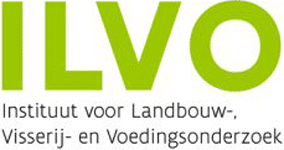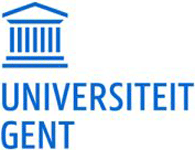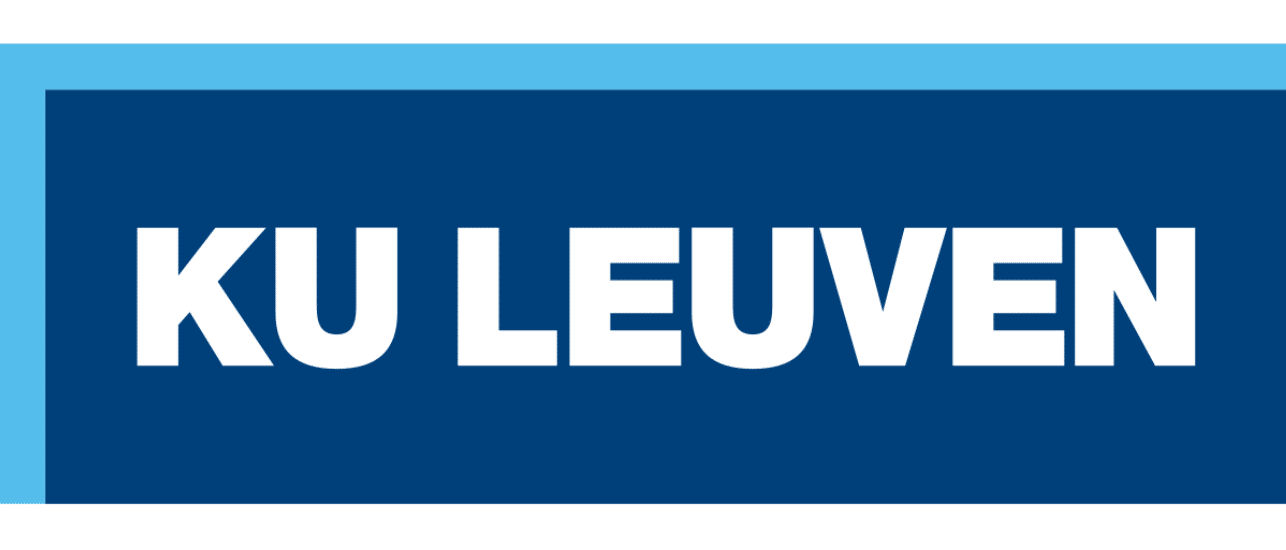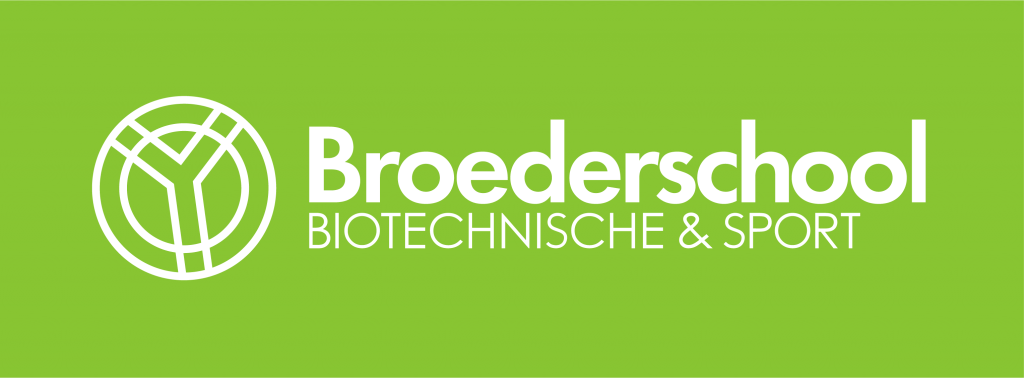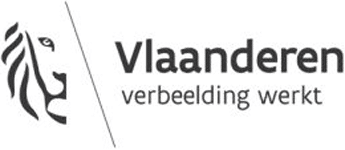Feed costs in pig farming account for 70-80% of total production costs. Part of the feed does not reach the pig's stomach but is lost. These losses can occur during production, storage, transport from silo to feed trough and through spillage during feed intake by the pigs. According to the literature, the amount of feed lost in this way can range from 2 to 20% (Schell et al., 2002). Losses have a negative impact on feed conversion and incur unnecessary costs. They should therefore be minimised.
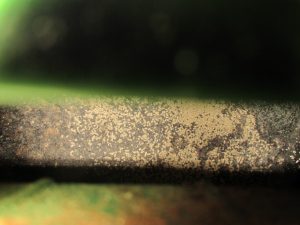
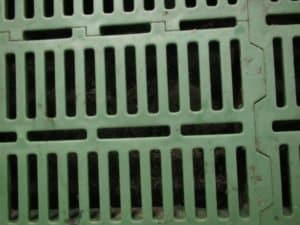
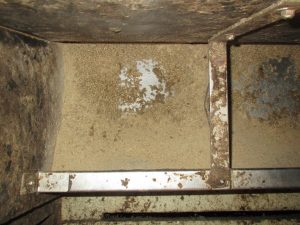
Losses can be influenced by many factors such as:
- Correct adjustment of the feeder,
- The shape of the feed,
- Availability of water,
- Storage of feed,
- ...
The objective of this project is to make pig farmers aware of the importance of feed consumption and its influence on profitability in pig farming. It is well known that feed conversion is a key figure that largely determines the profitability of a pig farm. Feed conversion depends on many things, such as animal genetics, animal sex and feed composition. However, there are also management factors that can play a role in feed consumption on a farm. Poorly adjusted feed troughs (both too wide and too narrow), feed spillage and feed form are factors that, regardless of animal genetics or feed quality, can lead to economic losses. With this demo project, we want to draw attention to this by communicating the knowledge gained on the practical farms, together with experiences from demo trials at the practical centres, to pig farmers, extension workers and the wider pig industry.

